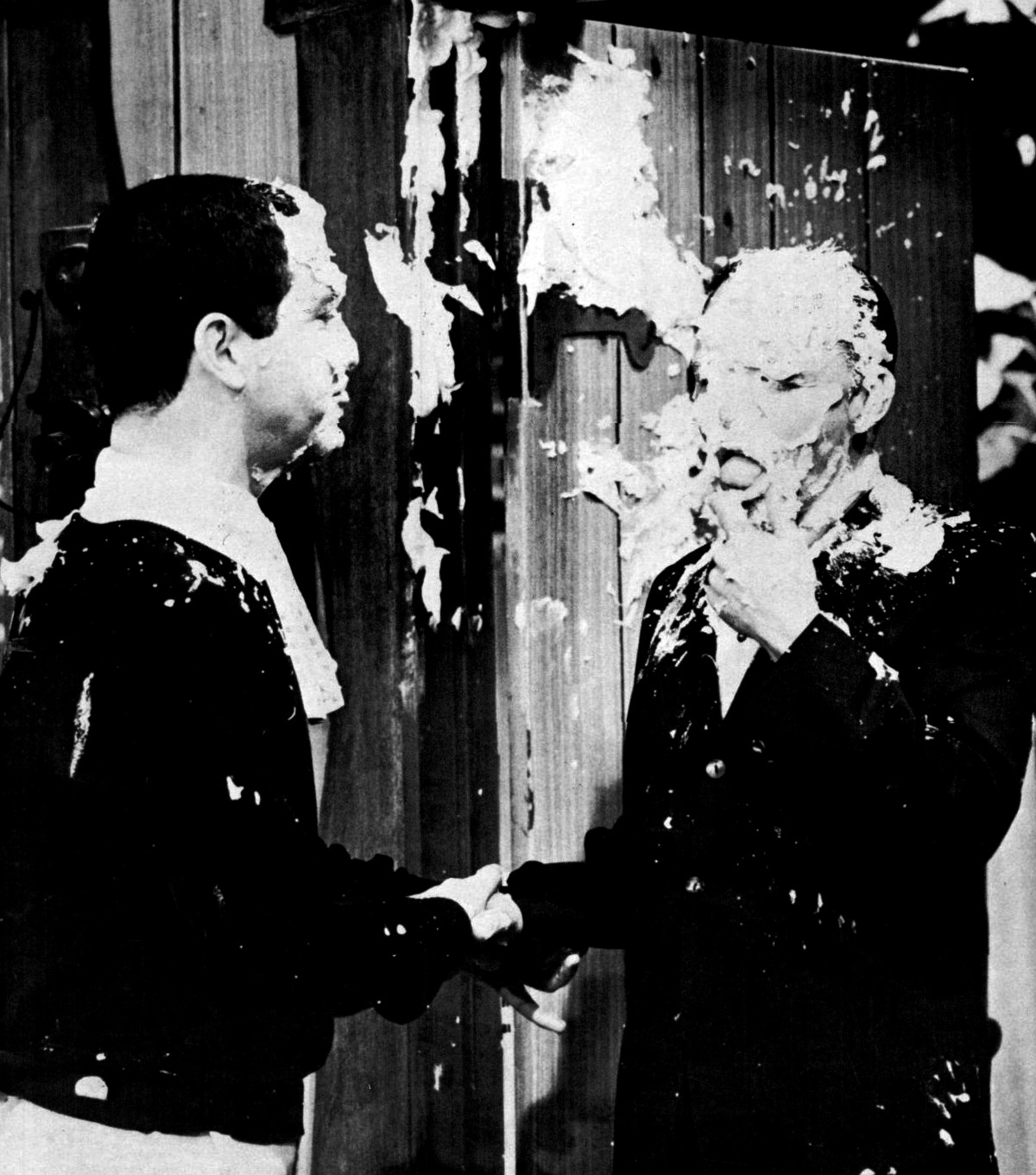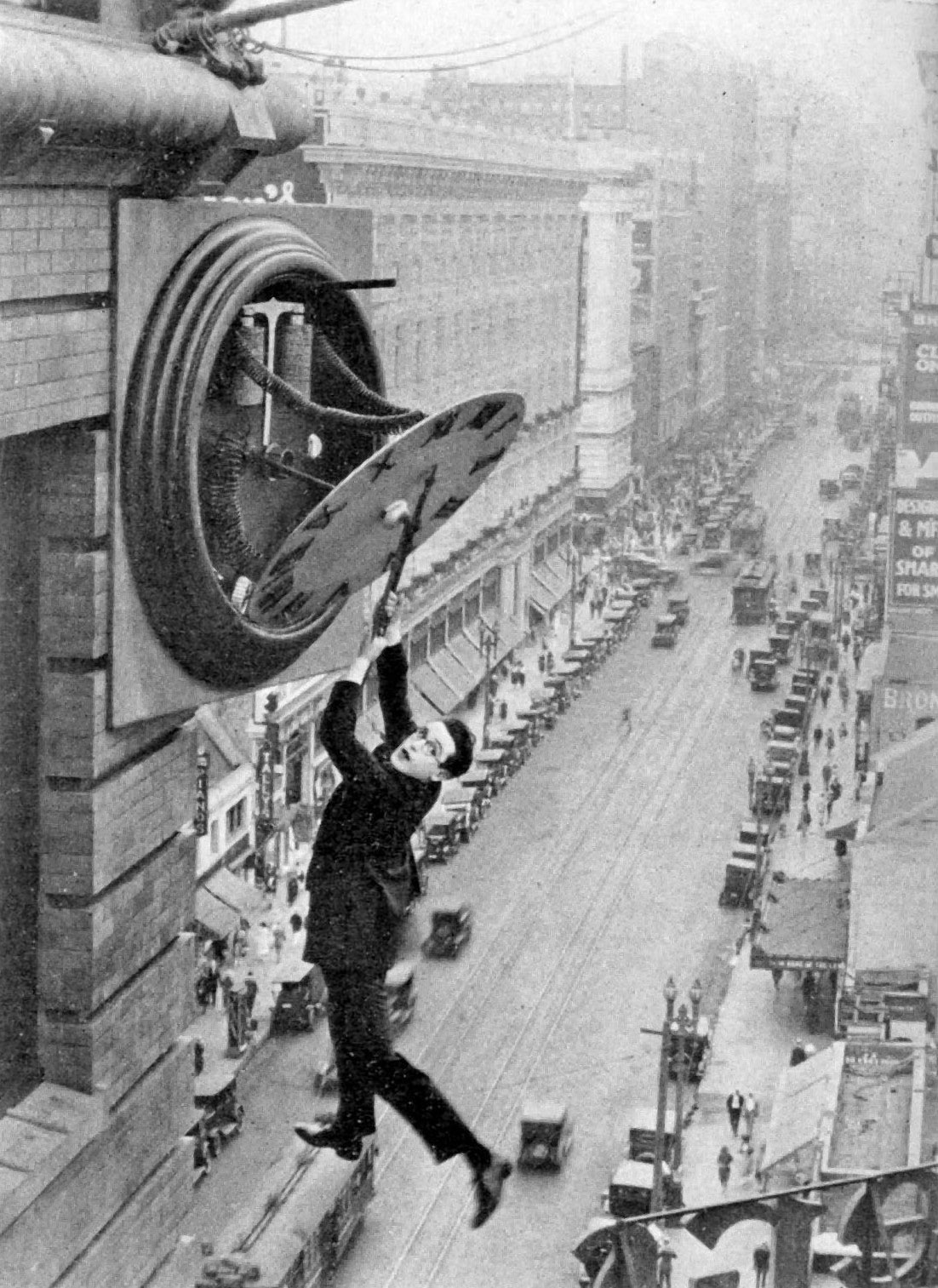|
1913 Films
1913 was a particularly fruitful year for film as an art form, and is often cited one of the years in the decade which contributed to the medium the most, along with 1917. The year was one where filmmakers of several countries made great artistic advancements, producing notable pioneering masterpieces such as ''The Student of Prague'' (Stellan Rye), ''Suspense'' (Phillips Smalley and Lois Weber), ''Atlantis'' (August Blom), ''Raja Harischandra'' (D. G. Phalke), ''Juve contre Fantomas'' (Louis Feuillade), ''Quo Vadis?'' (Enrico Guazzoni), ''Ingeborg Holm'' (Victor Sjöström), ''The Mothering Heart'' (D. W. Griffith), ''Ma l’amor mio non muore!'' (Mario Caserini), ''L’enfant de Paris'' (Léonce Perret) and ''Twilight of a Woman's Soul'' (Yevgenii Bauer). Events * January 1 – The British Board of Film Censors is established. * April 21 – The first full-length Indian (and Marathi) feature film '' Raja Harishchandra'' (silent) has its première (public release May 3). * Ma ... [...More Info...] [...Related Items...] OR: [Wikipedia] [Google] [Baidu] |
The Adventures Of Kathlyn
''The Adventures of Kathlyn'' (1913) is an American motion picture serial released on December 29, 1913, by the Selig Polyscope Company. An adventure serial filmed in Chicago, Illinois, its thirteen episodes were directed by Francis J. Grandon from a story by Harold MacGrath and Gilson Willets and starred Kathlyn Williams as the heroine. Harold MacGrath's novel of the same title was released a few days later in January 1914, so as to be in book stores at the same time as the serial was playing in theaters. ''The Adventures of Kathlyn'' was the second serial ever made by an American film studio, and is considered to be the first of the cliffhanger serials that became enormously popular during the next decade. The success of the serial spawned a 1916 feature-length film of the same title with basically the same crew and cast. Production The serial came about due to a newspaper circulation war in Chicago that forced the ''Chicago Tribune'' to use more sensationalism. Willi ... [...More Info...] [...Related Items...] OR: [Wikipedia] [Google] [Baidu] |
List Of American Films Of 1913
A List of American films of 1913 is a compilation of American films that were released in the year 1913. See also * 1913 in the United States References External links 1913 filmsat the Internet Movie Database {{DEFAULTSORT:American films of 1913 1913 Films A film, also known as a movie or motion picture, is a work of Visual arts, visual art that simulates experiences and otherwise communicates ideas, stories, perceptions, emotions, or atmosphere through the use of moving images that are gen ... Lists of 1913 films by country 1910s in American cinema ... [...More Info...] [...Related Items...] OR: [Wikipedia] [Google] [Baidu] |
Pieing
Pieing or a pie attack is the act of throwing a pie at a person. In pieing, the goal is usually to Humiliation, humiliate the victim while avoiding actual injury. For this reason the pie is traditionally of the cream pie, cream variety without a top crust, and is rarely if ever a hot pie. In Britain, a pie in the context of throwing is traditionally referred to as a Custard pie#As a comedic device, custard pie. An aluminium pie pan or paper plate filled with whipped cream or more typically, shaving cream can substitute for a real pie. Brought to a widespread audience as the "pie-in-face" gag in silent film comedies, pieing may sometimes be intended as a harmless practical joke. However, it can also be used as a means of political protest directed against an authority figure, politician, industrialist, or celebrity, and perpetrators may regard the act as a form of ridicule. Consent, Non-consensual pieing can constitute a punishable offence in criminal law (see, battery (crime), ba ... [...More Info...] [...Related Items...] OR: [Wikipedia] [Google] [Baidu] |
Roscoe Arbuckle
Roscoe Conkling "Fatty" Arbuckle (; March 24, 1887 – June 29, 1933) was an American silent film actor, director, and screenwriter. He started at the Selig Polyscope Company and eventually moved to Keystone Studios, where he worked with Mabel Normand and Harold Lloyd as well as with his nephew, Al St. John. He also mentored Charlie Chaplin, Monty Banks and Bob Hope, and brought vaudeville star Buster Keaton into the movie business. Arbuckle was one of the most popular silent stars of the 1910s and one of the highest-paid actors in Hollywood (film industry), Hollywood, signing a contract in 1920 with Paramount Pictures for $1,000,000 a year (equivalent to $ million in ). Arbuckle was the defendant in three widely publicized trials between November 1921 and April 1922 for the rape and manslaughter of actress Virginia Rappe. Rappe had fallen ill at a party hosted by Arbuckle at San Francisco's St. Francis Hotel in September 1921, and died four days later. A friend of Rappe a ... [...More Info...] [...Related Items...] OR: [Wikipedia] [Google] [Baidu] |
Mitchell And Kenyon
The Mitchell & Kenyon film company was a pioneer of early commercial motion pictures based in Blackburn in Lancashire, England, at the start of the 20th century. They were originally best known for minor contributions to early fictional narrative film and Boer War dramatisation films, but the discovery in 1994 of a hoard of film negatives led to restoration of the Mitchell & Kenyon Collection, the largest surviving collection of early non-fiction actuality films in the world. This collection provides a fresh view of Edwardian era Britain and is an important resource for historians. Background Following on from the first motion picture, made in October 1888 by Louis Le Prince in the United Kingdom, the first showing to a paying audience was by Auguste and Louis Lumière of France, in Paris in 1895 and in London the following year, featuring ''La sortie des usines Lumière'' showing workers leaving their factory gates in Lyon. Others in France and Britain soon made films, some in " ... [...More Info...] [...Related Items...] OR: [Wikipedia] [Google] [Baidu] |
Quo Vadis (1913 Film)
''Quo Vadis'' is an Italian film directed by Enrico Guazzoni for Cines in 1913, based on the 1896 novel of the same name written by Henryk Sienkiewicz. It was one of the first blockbusters in the history of cinema, with 5,000 extras, lavish sets, and a lengthy running time of two hours, setting the standard for "superspectacles" for decades to come. A worldwide success, it premiered in Germany at the opening night of the Ufa-Pavillon am Nollendorfplatz (Berlin's first purpose-built, free-standing cinema), on 19 March 1913. In an unusual departure from normal cinematic practice, the crowd scenes were reinforced with "special mobs" of live costumed actors in the auditorium. ''Quo Vadis'' was the first film to be projected in the Astor Theatre, a first-class theater on Broadway, where it was screened for nine months from April to December 1913. The film's first screening in London was for King George V, in the Royal Albert Hall, who complimented the performers. File:Quo ... [...More Info...] [...Related Items...] OR: [Wikipedia] [Google] [Baidu] |
Berlin
Berlin ( ; ) is the Capital of Germany, capital and largest city of Germany, by both area and List of cities in Germany by population, population. With 3.7 million inhabitants, it has the List of cities in the European Union by population within city limits, highest population within its city limits of any city in the European Union. The city is also one of the states of Germany, being the List of German states by area, third smallest state in the country by area. Berlin is surrounded by the state of Brandenburg, and Brandenburg's capital Potsdam is nearby. The urban area of Berlin has a population of over 4.6 million and is therefore the most populous urban area in Germany. The Berlin/Brandenburg Metropolitan Region, Berlin-Brandenburg capital region has around 6.2 million inhabitants and is Germany's second-largest metropolitan region after the Rhine-Ruhr region, as well as the List of EU metropolitan areas by GDP, fifth-biggest metropolitan region by GDP in the European Union. ... [...More Info...] [...Related Items...] OR: [Wikipedia] [Google] [Baidu] |
Ufa-Palast Am Zoo
The Ufa-Palast am Zoo, located near Berlin Zoological Garden in the City West, New West area of Charlottenburg, was a major Berlin cinema owned by Universum Film AG, or Ufa. Opened in 1919 and enlarged in 1925, it was the largest cinema in Germany until 1929 and was one of the main locations of film premières in the country. The building was destroyed in November 1943 during the Bombing of Berlin in World War II and replaced in 1957 by the Zoo Palast. History The Romanesque Revival architecture, Neo-Romanesque building at Hardenbergstraße was designed as an exhibition hall by architect Carl Gause (1851–1907), an alumnus of the Bauakademie who had also drawn plans for the Hotel Adlon. Like the ''Romanisches Café, Romanisches Haus'' nearby, the design followed the model of the Kaiser Wilhelm Memorial Church at Breitscheidplatz, Auguste-Viktoria-Platz (present-day Breitscheidplatz), built in 1891–1895 according to plans by Franz Schwechten. The development of a "Romanesque fo ... [...More Info...] [...Related Items...] OR: [Wikipedia] [Google] [Baidu] |
Georges Méliès
Marie-Georges-Jean Méliès ( , ; 8 December 1861 – 21 January 1938) was a French magic (illusion), magician, toymaker, actor, and filmmaker. He led many technical and narrative developments in the early days of film, cinema, primarily in the Fantasy film, fantasy and Science fiction film, science fiction genres. Méliès rose to prominence creating "trick films" and became well known for his innovative use of special effects, popularizing such techniques as substitution splices, multiple exposures, time-lapse photography, Dissolve (film), dissolves, and Color motion picture film#Tinting and hand coloring, hand-painted colour. He was also one of the first filmmakers to use storyboards in his work. His most important films include ''A Trip to the Moon'' (1902) and ''The Impossible Voyage'' (1904). Early life and education Marie-Georges-Jean Méliès was born 8 December 1861 in Paris, son of Jean-Louis Méliès and his Netherlands, Dutch wife Johannah-Catherine Schuering. His ... [...More Info...] [...Related Items...] OR: [Wikipedia] [Google] [Baidu] |
American Mutoscope And Biograph Company
The Biograph Company, also known as the American Mutoscope and Biograph Company, was a motion picture company founded in 1895 and active until 1916. It was the first company in the United States devoted entirely to film production and exhibition, and for two decades was one of the most prolific, releasing over 3000 short films and 12 feature films. During the height of silent film as a medium, Biograph was the most prominent U.S. film studio and one of the most respected and influential studios worldwide, only rivaled by Germany's UFA, Sweden's Svensk Filmindustri and France's Pathé. The company was home to pioneering director D. W. Griffith and such actors as Mary Pickford, Lillian Gish, and Lionel Barrymore. Founding The company was started by William Kennedy Dickson, an inventor at Thomas Edison's laboratory who helped pioneer the technology of capturing moving images on film. Dickson left Edison in April 1895, joining with inventors Herman Casler, Harry Marvin and bu ... [...More Info...] [...Related Items...] OR: [Wikipedia] [Google] [Baidu] |
Hollywood (film Industry)
The cinema of the United States, primarily associated with major film studios collectively referred to as Hollywood, Los Angeles, Hollywood, has significantly influenced the global film industry since the early 20th century. Classical Hollywood cinema, a filmmaking style developed in the 1910s, continues to shape many American films today. While French filmmakers Auguste and Louis Lumière are often credited with modern cinema's origins, American filmmaking quickly rose to global dominance. As of 2017, more than 600 :English-language films, English-language films were released annually in the U.S., making it the fourth-largest producer of films, trailing only Cinema of India, India, Cinema of Japan, Japan, and Cinema of China, China. Although the Cinema of the United Kingdom, United Kingdom, Cinema of Canada, Canada, Cinema of Australia, Australia, and Cinema of New Zealand, New Zealand also produce English-language films, they are not directly part of the Hollywood system. D ... [...More Info...] [...Related Items...] OR: [Wikipedia] [Google] [Baidu] |





